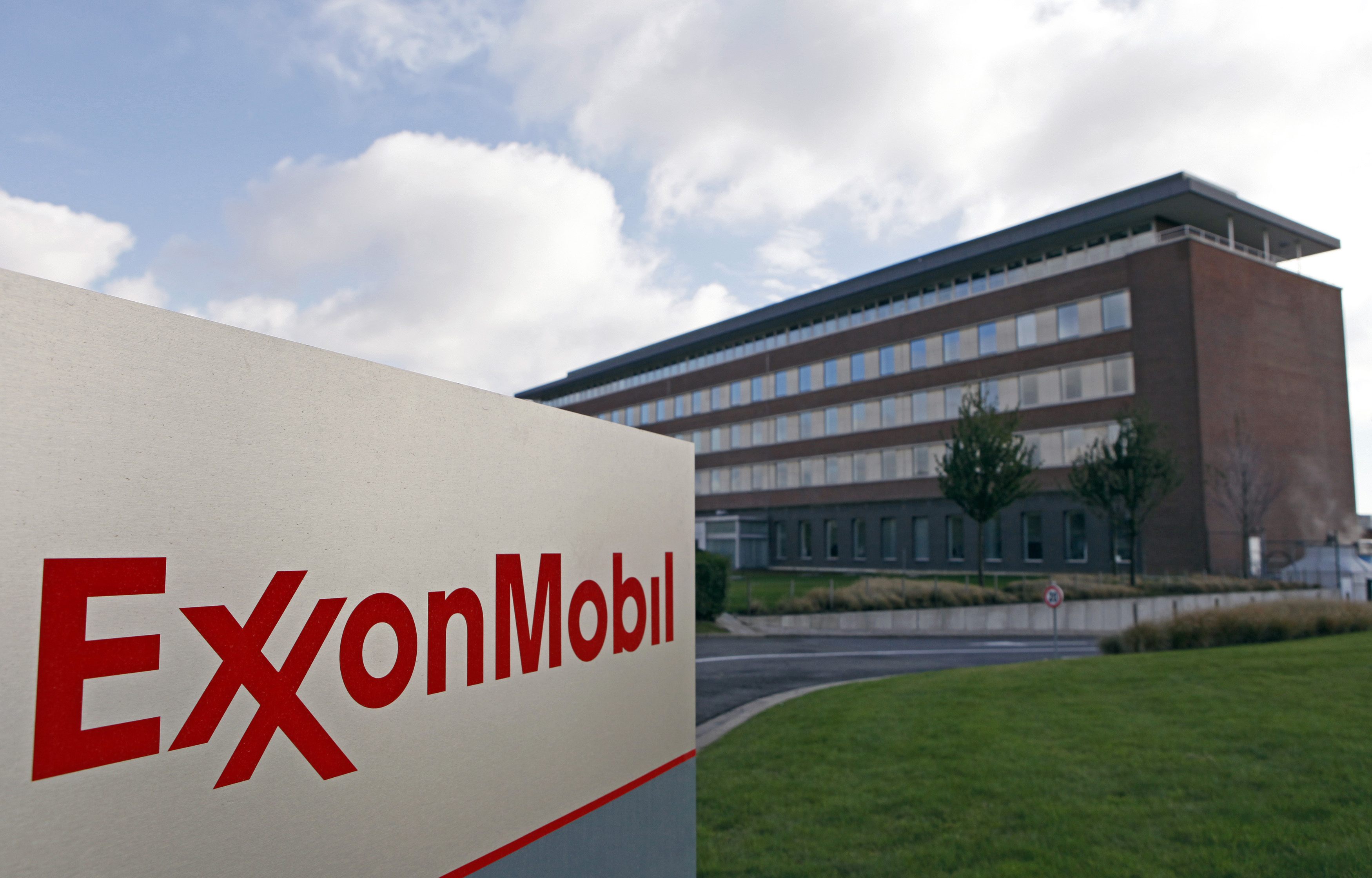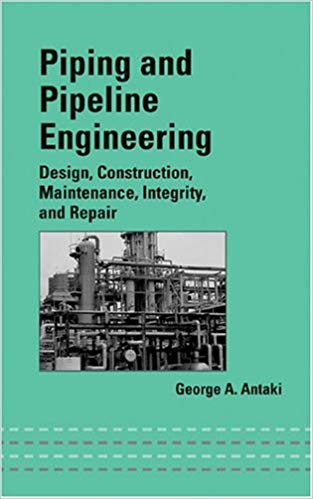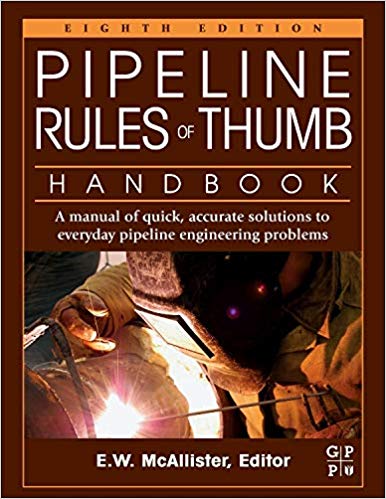
(Reuters) - Southern California Gas Co (SoCalGas) has delayed the estimated return of a natural gas pipeline until July 29 from July 5 after finding a couple of pipeline leaks in remote areas of the desert that the company said were "non-hazardous." SoCalGas, a unit of California energy company Sempra Energy, said this week it found the pipe leaks on June 7 and June 18 while working on Line 235-2, which ruptured on Oct. 1, 2017. After that rupture, SoCalGas took the adjacent Line 4000 out of service for inspection and maintenance. The utility has since returned Line 4000 to service but kept it and another pipe, Line 3000, at reduced pressure until Line 235-2 returns. Once 235-2 returns, SoCalGas said it will upgrade Lines 3000 and 4000.
Gas supplies have been tight in Southern California for years due to the pipeline limitations and reduced availability of the utility's biggest storage field at Aliso Canyon in Los Angeles, following a massive leak between October 2015 and February 2016. SoCalGas said the reductions or outages on Lines 235-2, 3000 and 4000 reduced pipeline system capacity by about 0.7 bcfd. Once SoCalGas starts returning the pipelines this summer, the utility has said its overall pipeline capacity should rise to 2.705 bcfd from around 2.355 bcfd now. SoCalGas has projected the increase in pipeline capacity plus storage withdrawals of around 0.68 bcfd would enable it to meet expected peak demand of 3.368 bcfd this summer without pulling gas out of Aliso. After the Aliso leak, the state mandated the storage cavern be used only to maintain system reliability after all other storage facilities and pipelines have been exhausted.
SoCalGas has said Lines 235-2 and 3000 are largely 1957 vintage pipelines, while Line 4000 is largely a 1960 vintage pipe. Line 3000 extends about 125 miles west from South Needles on the California-Nevada border to the Newberry Springs compressor station about 20 miles east of Barstow in the south central part of the state. Line 235 extends about 46 miles west from the Newberry compressor to Victorville, which is about 80 miles northeast of Los Angeles. Once all of the pipes are back, SoCalGas has said its pipeline capacity would rise to around 3.085 bcfd.
10:49:00 AM | 0
comments


















